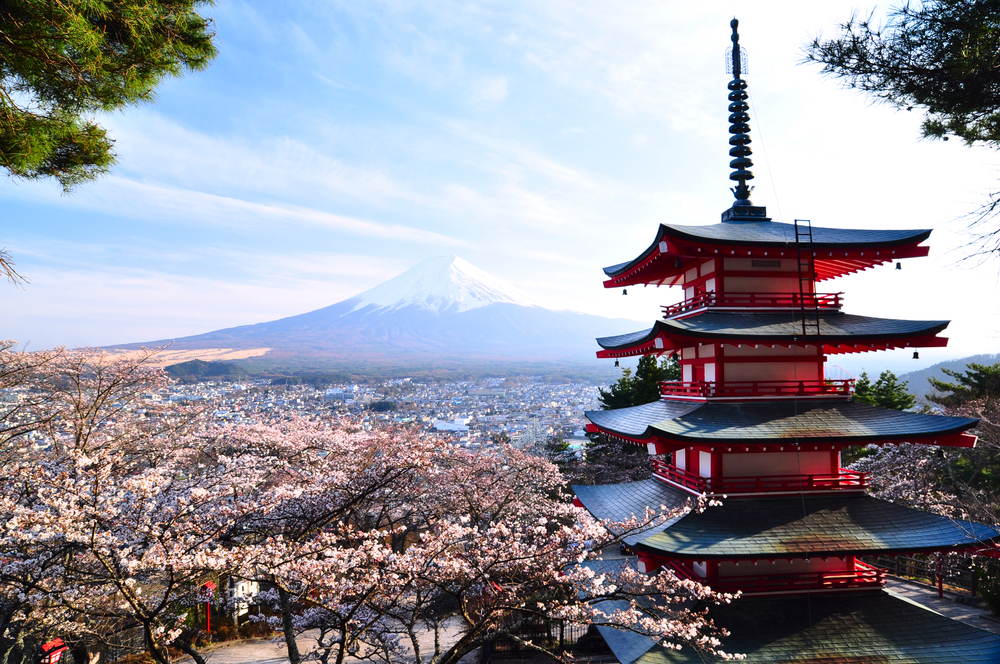Evaluating Japan’s Evolving Disaster Response

Please note that we are not authorised to provide any investment advice. The content on this page is for information purposes only.
On the night of 14 April 2016, five years after the devastating 3/11 triple disaster, a magnitude 6.5 earthquake struck the Kumamoto region on the Japanese island of Kyushu. It was caused by a vertical strike-slip fault that runs underneath the area — a vertical rupture where, during an earthquake, two blocks of rock strata slide past each other.
On the night of 14 April 2016, five years after the devastating 3/11 triple disaster, a magnitude 6.5 earthquake struck the Kumamoto region on the Japanese island of Kyushu. It was caused by a vertical strike-slip fault that runs underneath the area — a vertical rupture where, during an earthquake, two blocks of rock strata slide past each other.
The earthquake, initially announced as a main shock, caused 9 deaths and at least 765 injuries. Nobody, including the Japanese government, realised that this was in fact a foreshock. The main shock struck the area two days later.
The second earthquake was magnitude 7.3 and occurred at midnight. Most of the buildings and infrastructure that were damaged by the foreshock were completely destroyed by the main shock. As of 7 June, the two shocks had killed a total of 49 people and 1,663 injured, according to the Cabinet Office.
As many as 7,151 houses were completely destroyed and thousands more were partially destroyed. A total of 7,045 people sought shelter in 152 evacuation centres (as of 6 June).
How can we evaluate Japan’s response to the disaster? One method of analysing disaster response is to examine it from the perspective of the disaster management lifecycle. This consists of four stages: the pre-disaster, or the period between disasters; the emergency phase of rescue and relief, the temporary settlement phase; and the long-term recovery phase.
In the Kumamoto earthquakes, difficulties during the emergency phase point to a number of lessons to be learned for future disaster management.
There was a worrying lack of preparedness for earthquakes in Kyushu. The island has regular typhoons and active volcanos, to which people respond with prepared strategies, but its last major earthquake was in 2005, off the coast of Fukuoka. Though 10 years ago may seem recent, for many people with busy lives, it is enough time to forget.
Scientists still encounter difficulties distinguishing between the foreshock and the main shock. Before the recent Kumamoto earthquake, the dominant view was that the main shock occurs first, followed by many possible aftershocks. Although these aftershocks may delay reconstruction, the main shock was believed to cause the most damage.
In Kumamoto, the possibility of a foreshock was not recognised, even though there is a precedent for this in recent memory: a magnitude 7.0 foreshock struck northeast Japan two days before the 2011 earthquake. The relevant authorities did not consider this when they allowed people to return home after the foreshock, leaving them vulnerable to the main shock.
After an earthquake, it is vital that public temporary housing is available. For affected people to return to a normal life, they must have a place to live with basic facilities and services. This facilitates the long-term recovery of affected communities. In the case of Kumamoto, the construction of public temporary housing was delayed due to a number of aftershocks and the limited capacity of local governments. The Japanese Disaster Relief Act declares that public temporary housing is to be built within 20 days of a disaster occurring. Yet this did not happen in Kumamoto.
The proposed number of dwellings was inadequate, which caused concern among residents. The longer the stay in an evacuation centre is, the more stressed evacuees can become and the higher the risk of disease. Generally, in Japan, local governments manage the construction of public temporary housing.
However, if local governments are overwhelmed by unexpected circumstances, the national government must step in. Despite the severity of the 2011 disaster, it seems that both local and national governments failed to utilise this experience to improve their practices.
The Kumamoto earthquake was a wake-up call with an important message for Japan. Large earthquakes can happen anywhere in Japan at any time. Though this is scientifically verified, it is still not widely recognised. Japan has more experience in managing earthquakes than almost any other country.
However, with broader environmental changes leading to a higher probability of more intense and frequent disasters, existing measures may not be sufficient to mitigate the impact of future earthquakes.
The issue of public temporary housing is particularly important for recovery. Those affected by earthquakes experience a number of shocks. They are shocked that a disaster happened in their area. They are shocked by the loss of life and damage to their houses. They are shocked when they realise how long recovery may take.
Even in Japan, a country that is accustomed to and generally well-prepared for disasters, there are many issues to address. The Kumamoto earthquake represents an important warning for Japan. The impacts of future disasters can only be mitigated by learning the lessons of the past.
Lessons in managing disasters from Kumamoto is republished with permission from East Asia Forum




